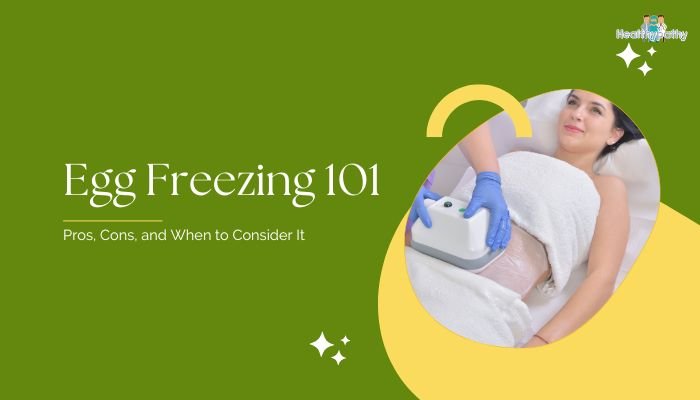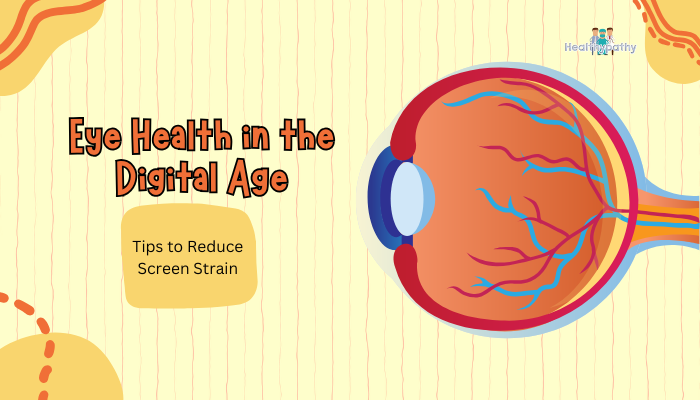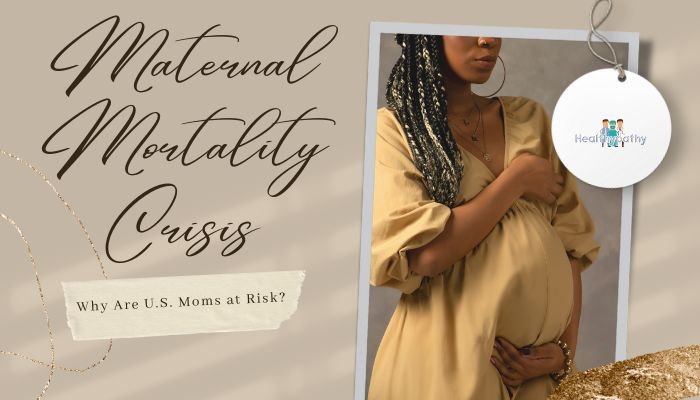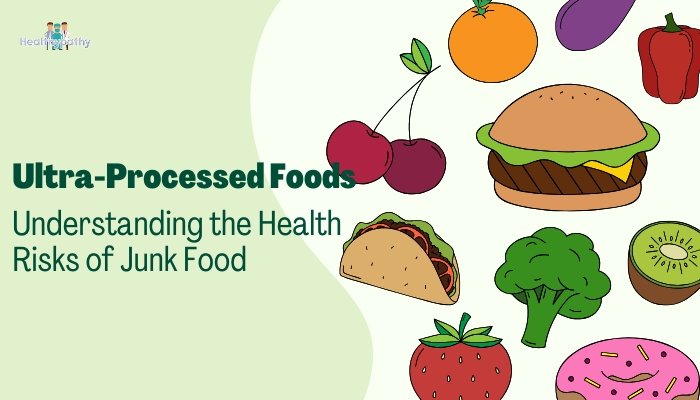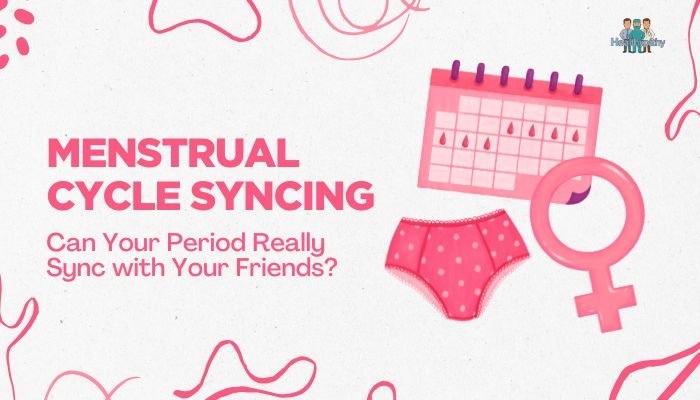Introduction
Egg freezing, or oocyte cryopreservation, is a rapidly advancing fertility-preservation technique. It allows women to store unfertilized eggs for potential future use. Historically, egg freezing was primarily offered to patients with medical conditions affecting their fertility (e.g., cancer treatments). However, elective (social) egg freezing—securing eggs due to personal or professional choices—has grown in popularity.
Like any medical intervention, egg freezing comes with its share of pros and cons, and timing can greatly influence success rates. This article explores the fundamental processes behind egg freezing, key considerations before choosing the procedure, and practical information about costs and success rates. Understanding these details can help you decide whether egg freezing aligns with your reproductive goals.
Understanding the Egg Freezing Process
Ovarian Stimulation
Before retrieval, the ovaries are stimulated using fertility medications to mature multiple eggs in one cycle instead of the single egg typically released in a natural menstrual cycle. This phase involves:
- Hormonal Injections: These encourage simultaneous growth of multiple ovarian follicles.
- Monitoring via Ultrasound and Bloodwork: Doctors track follicle development and hormone levels to determine the optimal retrieval window.
Egg Retrieval
Once follicles reach adequate size (usually around 18–20 mm), a “trigger” injection prompts final egg maturation. Around 34–36 hours later, eggs are extracted through a minimally invasive procedure:
- Transvaginal Ultrasound Guidance: A thin needle passes through the vaginal wall to collect follicles from each ovary.
- Sedation or Anesthesia: Helps ensure comfort throughout the short retrieval process (usually 20–30 minutes).
Freezing and Storage
After collection, the lab evaluates eggs for quality and maturity. Viable mature eggs undergo vitrification, a rapid-freezing method that prevents damaging ice crystal formation. Frozen eggs remain in secure cryostorage until the woman decides to use them, possibly years later. When that time comes:
- Eggs are thawed.
- Each egg is fertilized with sperm using in vitro fertilization (IVF) procedures.
- Resulting embryos can then be grown briefly in the lab before an embryo transfer into the uterus.
Why Women Choose to Freeze Their Eggs
Medical Reasons
- Cancer Treatment: Chemotherapy or radiation can damage ovarian function. Egg freezing before treatment helps preserve fertility options.
- Genetic or Autoimmune Conditions: Women with conditions impacting their ovaries may opt to freeze eggs to avoid further decline in egg reserve.
Elective or Social Egg Freezing
- Career Aspirations: Professional goals or prolonged educational paths might lead some women to delay childbearing.
- Personal Timing: Some women wish to wait for the right partner or additional financial stability.
- Lifestyle Preferences: An alternative to feeling rushed by the so-called “biological clock,” providing emotional peace of mind.
Family History
A woman with family history indicating early menopause or premature ovarian failure may choose egg freezing to safeguard fertility before significant ovarian decline.
Pros of Egg Freezing
Extended Fertility Window
By freezing eggs at a younger age (often in the late 20s or early 30s), a woman’s future pregnancy attempts can use eggs that might be “younger” than her chronological age when she decides to conceive.
Greater Reproductive Autonomy
Egg freezing offers more time to make big-life decisions. Women can align childbearing plans with personal goals without facing as much pressure from declining egg quality.
Peace of Mind
Even if a woman never uses her frozen eggs, many report feeling less stressed about time constraints. This sense of relief can positively impact mental well-being and decision-making.
Medical Benefits for Certain Conditions
Egg freezing provides an invaluable safeguard for women who must undergo treatments (e.g., chemotherapy) that could impair ovarian function. Retrieving and storing eggs beforehand preserves the option of a biological child later.
Cons of Egg Freezing
No Guarantee of Future Pregnancy
Although egg freezing improves the odds compared to relying on older eggs later, it doesn’t guarantee a successful birth. Rates vary depending on factors like egg quantity, egg quality, and the woman’s age at retrieval.
Financial Costs
The procedure typically entails significant expenses. Costs include:
- Medications for Ovarian Stimulation
- Egg Retrieval Procedure
- Lab Fees for Freezing and Storage
- Future IVF and Embryo Transfer Costs
In many regions, insurance coverage remains limited, so upfront and ongoing storage fees can add up.
Physical and Emotional Stress
- Medication Side Effects: Hormonal injections can cause bloating, mood swings, or ovarian hyperstimulation syndrome (OHSS) in rare cases.
- Surgical Risks: Although low-risk, the retrieval procedure carries minor risks like bleeding or infection.
- Emotional Ups and Downs: Anxiety about the procedure’s success and managing finances can weigh heavily.
Timing Constraints
Egg quality diminishes as a woman ages. Freezing eggs at a later age (e.g., late 30s or 40s) may lower success rates. Hence, it’s often recommended that women consider the procedure relatively early if they want the highest chance of obtaining viable eggs.
When to Consider Egg Freezing
Age Guidelines
The most common ages for “social” egg freezing are between the late 20s and early 30s, as ovarian reserve and egg quality are typically better during this time. While there’s no upper limit for freezing eggs, success rates begin to decline after 35 due to quality and quantity issues.
Personal Factors
- Stable Health: Women should address any chronic conditions, ensuring minimal risks during ovarian stimulation.
- Financial Preparedness: Savings or insurance coverage can influence the feasibility of repeated cycles if one cycle doesn’t yield a sufficient number of eggs.
- Future Parenting Outlook: Women who anticipate desiring children later may find peace of mind through egg freezing, even if they are unsure of the exact timeline.
Medical Counseling
Consulting with a reproductive endocrinologist or a fertility specialist can clarify:
- Hormone Levels (AMH, FSH): Indicate ovarian reserve status.
- Antral Follicle Count (AFC): An ultrasound-based estimate of how many follicles may respond to stimulation.
- Risk Assessment: Evaluate potential complications and set expectations for egg yield.
Early evaluation can help determine whether egg freezing is a practical or beneficial route before significant decline in egg quality.
What to Expect: Costs and Success Rates
Financial Components
Egg freezing involves multiple fees that can accumulate quickly:
- Diagnostic Tests: Bloodwork, ultrasounds, initial consults.
- Stimulation Medications: Prices vary widely, often totaling thousands of dollars per cycle.
- Retrieval and Lab Fees: Cover the egg retrieval procedure, clinical staff, and lab handling.
- Annual Storage: Ongoing fees charged for cryopreservation.
- Future Fertility Treatments: IVF and embryo transfer will be additional costs when you decide to use the frozen eggs.
Success Variations
One of the biggest determinants for success is the number of mature eggs retrieved and frozen. Typically, doctors recommend retrieving at least 8–15 mature eggs to bolster chances of eventually creating a viable embryo. Even so, not all eggs survive thawing, and not all fertilized eggs develop into healthy embryos.
Success Rate Data
Research shows that:
- Freezing at younger ages (before 35) correlates with higher live birth outcomes.
- The cumulative success of multiple stimulation cycles can improve the probability of later pregnancy.
- Lab techniques, embryo culture methods, and the clinic’s expertise influence final success rates.
While figures vary, general guidelines suggest about a 5–12% birth rate per egg for women under 35. Outcomes decrease as age at retrieval rises.
Alternatives and Complementary Options
Natural Conception Before Age-Related Declines
Some individuals prefer trying for pregnancy earlier if that fits with personal goals, relationships, and health. Egg freezing remains an option if parenting does not happen as planned.
Embryo Freezing with a Partner
Women in stable relationships might consider creating embryos (fertilized eggs) and freezing them. Embryo cryopreservation typically yields higher success rates during future IVF attempts compared to egg freezing alone, as fertilization occurs with fresher eggs.
Donor Eggs
If egg freezing is not suitable or if a woman already has significantly diminished ovarian reserve, using donor eggs can be a viable path to pregnancy. However, it’s a different emotional and legal consideration, as the genetic link to the child differs.
Adoption or Fostering
For those uncertain about or unable to pursue pregnancy, adoption or foster care offers alternative ways to expand a family. While it addresses very different considerations compared to medical fertility treatments, it remains a significant life path.
Emotional and Psychological Considerations
Emotional Preparedness
Egg freezing can evoke excitement and relief, but it can also spark anxiety. Some women feel conflicted about the financial investment or fear the procedure could fail. Validating these concerns through counseling or peer support groups may lessen the emotional burden.
Managing Expectations
Open Communication with Healthcare Providers:
- Understand realistic success probabilities.
- Determine how many cycles you might need for a sufficient egg bank.
- Discuss any unforeseen complications or possible outcomes, including the chance of not using frozen eggs if you conceive naturally.
Discussion with Partners or Family
If in a relationship, aligning on family goals and finances can be crucial. Even if single, confiding in close friends or relatives can provide emotional backing and a sounding board for decisions.
Next Steps and Long-Term Planning
Step 1: Fertility Testing
Start by visiting a fertility clinic for basic evaluations. Blood tests (AMH, FSH, LH, estradiol), ultrasound for AFC, and lifestyle reviews help gauge where you stand.
Step 2: Explore Clinics and Protocols
Choosing a Reputable Clinic: Research success rates, patient reviews, and lab credentials. Consult with more than one facility if needed, to compare protocols and costs.
Step 3: Financial Planning
- Insurance Inquiry: Check coverage for fertility interventions.
- Payment Plans or Financing: Many clinics offer installment plans or partner with financing companies.
- Employer Benefits: Some large organizations now include partial coverage for egg freezing.
Step 4: Understand Potential Timelines
A typical egg freezing cycle (from start of medication to retrieval) spans about two weeks, plus possible repeat cycles. Allow time for pre-cycle testing, medication ordering, and scheduling constraints.
Conclusion
Egg freezing provides a powerful option for women looking to preserve their fertility. From safeguarding against age-related declines to offering flexibility in family planning, the potential advantages are clear. However, it’s vital to acknowledge that egg freezing is neither a guaranteed path to motherhood nor a one-size-fits-all solution. The procedure can be physically, financially, and emotionally demanding.
Women considering egg freezing benefit from thorough research, financial readiness, and supportive medical guidance. Consulting with a fertility specialist to assess ovarian reserve, discussing personal goals, and building a strong support network can ease the journey. As reproductive technology continues to evolve, egg freezing stands out as a key tool—but success depends on timing, preparedness, and realistic expectations.
References
- Practice Committee of the American Society for Reproductive Medicine. Planned oocyte cryopreservation for women seeking to preserve future reproductive potential: an Ethics Committee opinion. Fertil Steril. 2019;112(1):19–26.
- Cobo A, Kuwayama M, Pérez S, et al. Comparison of concomitant outcome achieved with fresh and cryopreserved donor oocytes vitrified by the Cryotop method. Fertil Steril. 2008;89(6):1657–1664.
- Doyle JO, Richter KS, Lim J, Stillman RJ, Graham JR, Tucker MJ. Successful elective and medically indicated oocyte vitrification and warming for autologous in vitro fertilization and embryo transfer. Fertil Steril. 2016;105(2):459–466.
- Goldman RH, Racowsky C, Farland LV. Use of nonmedical egg freezing. Fertil Steril. 2017;108(2):220–226.
- Oktay K, Harvey BE, Partridge AH, et al. Fertility Preservation in Patients With Cancer: ASCO Clinical Practice Guideline Update. J Clin Oncol. 2018;36(19):1994–2001.
- Abusief M, Hornstein MD. Social freezing: how old is too old? Curr Opin Obstet Gynecol. 2017;29(3):176–180.
- Argyle CE, Harper JC, Davies MC. Oocyte cryopreservation: where are we now? Hum Reprod Update. 2016;22(4):440–449.
- Bianchi V, Moscato V, Barbas E, Persico N, De Santis L. Oocyte cryopreservation for fertility preservation in non-cancer related situations. Curr Opin Obstet Gynecol. 2019;31(3):166–171.
- Hodes-Wertz B, Druckenmiller S, Smith M, Noyes N. What do reproductive-age women who undergo oocyte cryopreservation think about the process as a means to preserve fertility? Fertil Steril. 2013;100(5):1343–1349.
- Oktay K. Further evidence on the safety and effectiveness of egg freezing. Fertil Steril. 2016;105(2):267–268.
- Gidoni Y, Holzer H, Tulandi T, Bider D. Elective egg freezing for nonmedical indications: call for national data registry and monitoring of oocyte banking outcomes. Fertil Steril. 2018;110(6):1056–1057.
- Doyle JO, Flyckt RL. Extending the reproductive timeline: reviewing indications and limitations for oocyte cryopreservation. Clin Obstet Gynecol. 2021;64(3):602–610.

